Have you ever paused in the middle of a quiet evening, only to hear your guinea pig burst into a wild chorus of squeaks and chirps? To the untrained ear, these noises might sound like random chatter. But to those who listen closely, guinea pig sounds are a secret language—a whispered code revealing excitement, fear, hunger, or pure happiness. Imagine being able to truly understand your piggie’s feelings and needs, just by tuning into their vocal cues. It’s like holding a key to their heart, unlocking a deeper bond between you and your furry companion. Welcome to the fascinating world of guinea pig communication, where every sound paints a story, and every squeak is a clue.
The Classic Wheek: A Cry for Attention
The “wheek” is probably the most famous guinea pig sound—and for good reason. This high-pitched, drawn-out squeal can make you jump out of your seat, especially when it comes out of nowhere. Guinea pigs usually wheek when they’re excited or anticipating something, like fresh veggies or playtime. It’s their way of saying, “Hey, I’m here!” or “Don’t forget about me!” In some cases, wheeking is a sign of impatience, especially if you’re running late with their dinner. Pet owners often find this sound endearing, a daily reminder that their piggie recognizes them and looks forward to their company. Think of it as the guinea pig version of a child shouting for ice cream—impossible to ignore and absolutely adorable. Over time, you’ll notice that your guinea pig reserves their loudest wheeks for their favorite treats.
Purring: Contentment or Discomfort?
Purring in guinea pigs is a fascinating sound, as it holds different meanings depending on the context. When a piggie is gently purring with a relaxed body and closed eyes, you can bet they’re feeling calm and content—much like a cat curled up in the sun. But beware: if the purr is lower and the piggie is tense, it could signal annoyance or mild discomfort. Sometimes, guinea pigs purr when being petted in a way they don’t enjoy or when another piggie gets too close for comfort. It’s all about body language and tone; a gentle purr is good, a rumbling purr means “back off.” You’ll soon learn to tell the difference, especially if you watch their posture. Listening for purring is like learning to read between the lines in a conversation—it adds nuance to your understanding of your pet’s mood.
Chutting: The Sound of Happiness
Chutting is one of the most delightful—and often overlooked—guinea pig sounds. It’s a soft, repetitive noise, almost like a series of little chatters or muttered words. You might hear this when your piggie is exploring a new space or contentedly munching on hay. Chutting is believed to be a sign of happiness and relaxation, a kind of “all’s well” signal. Imagine the sound of someone humming to themselves while puttering around the house—that’s chutting in the guinea pig world. Not all piggies chutt, and some owners may never hear it, making it a special treat when you do. If you catch your guinea pig chutting, take it as a compliment—they feel safe and satisfied in their environment.
Chirping: The Mysterious Song
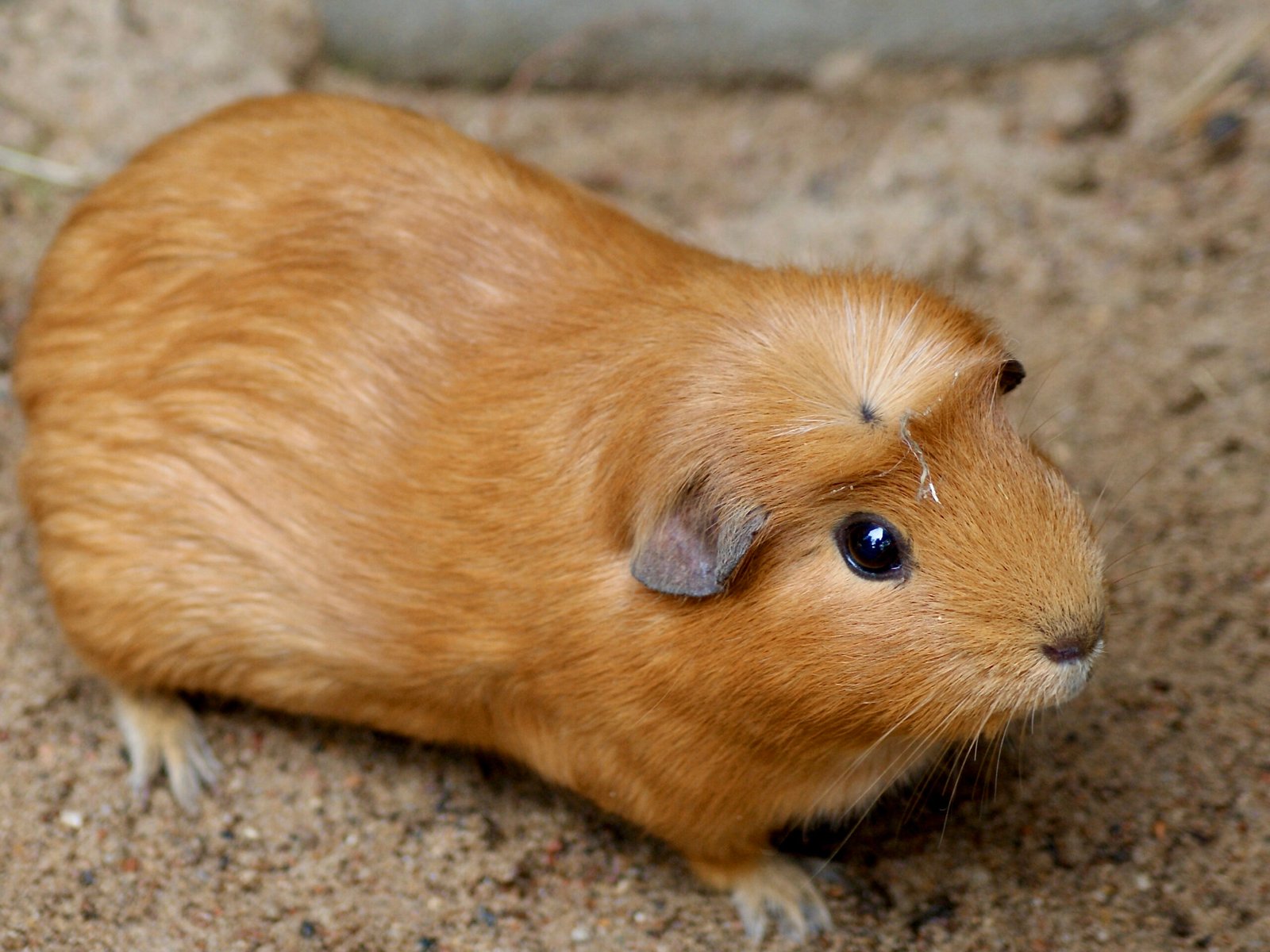
Chirping is one of the rarest and most puzzling guinea pig sounds. It really does sound like a bird’s song—a series of high-pitched, melodic notes that can last several minutes. Scientists and guinea pig enthusiasts alike are baffled by chirping; its true meaning remains a bit of a mystery. Some believe it’s a response to stress or a dramatic change in the environment, while others suspect it could signal deep contentment. Owners often report their guinea pig chirping late at night or after a major change in the home. It’s a haunting, almost magical sound—one that leaves many wondering if their piggie is trying to communicate something profound. If you’re lucky enough to hear it, consider yourself part of a curious club.
Rumbling: Dominance and Flirting
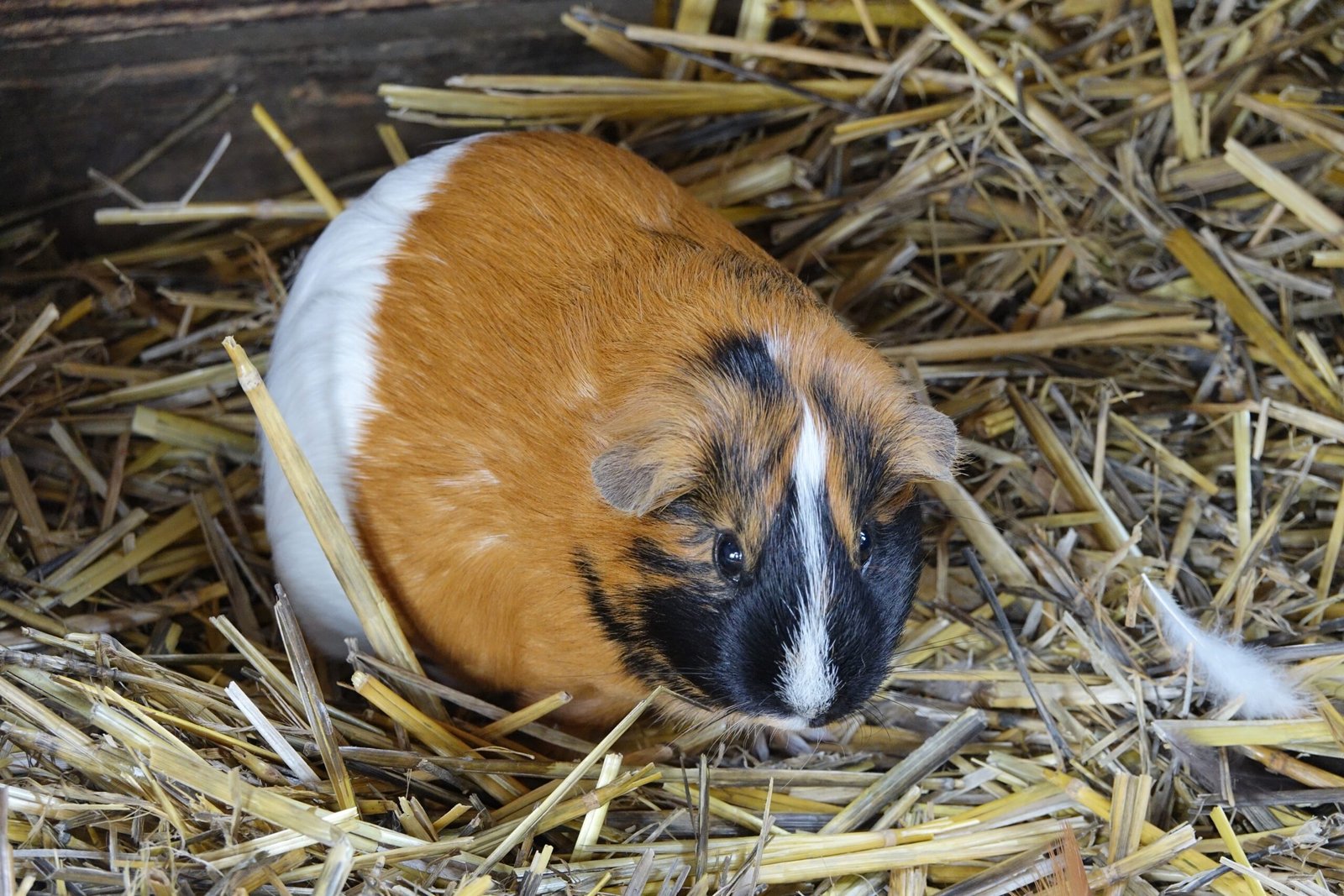
The rumble is a deep, vibrating sound, often paired with a little dance called “rumble strutting.” This isn’t just posturing; it’s serious piggie business! Males, in particular, use rumbling to establish dominance or woo a potential mate. You’ll often see a guinea pig sway their hips from side to side while making this noise. It can be a display of power, but it’s also a form of courtship, especially during introductions or when new piggies are introduced. Even females may rumble to assert themselves. The rumble is like a teenager blasting music to get attention—it’s bold, unmistakable, and sometimes a bit dramatic. Understanding when your piggie is rumbling helps you interpret their social dynamics and prevent unnecessary squabbles.
Teeth Chattering: Warning Signs
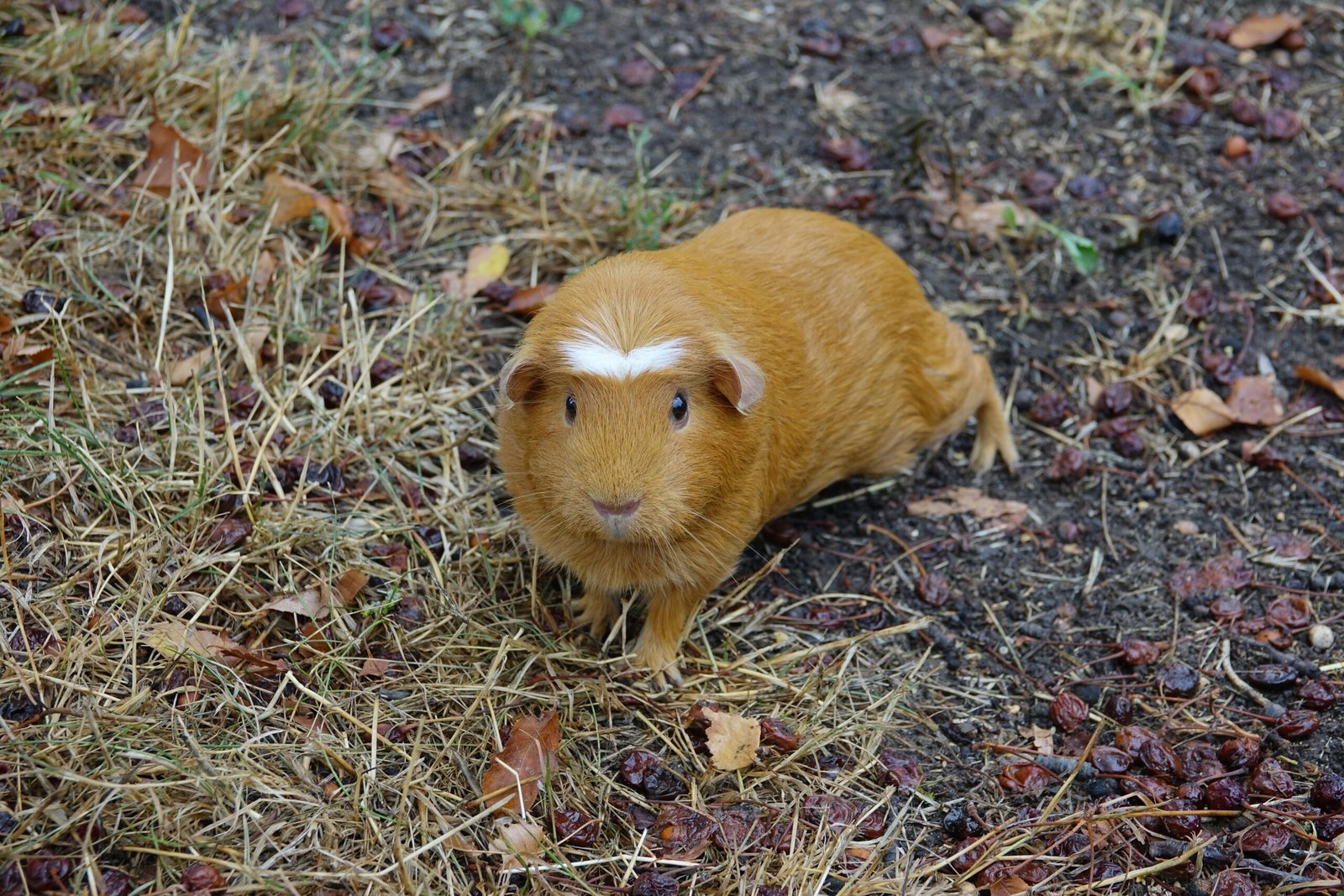
If you hear rapid clicking or chattering of teeth, pay close attention. This is a guinea pig’s way of saying, “Back off!” Teeth chattering is a clear sign of agitation, fear, or territorial behavior. You’ll often witness this sound during disputes between piggies or if one feels threatened by a new environment or unfamiliar person. The chattering is usually accompanied by a tense stance, raised fur, and sometimes even a lunge. Think of it as a warning growl—a sign that peace is about to break if something doesn’t change. If you observe this behavior, it’s wise to separate the animals and allow them to calm down. Teeth chattering is a crucial signal for maintaining harmony in a multi-piggie household.
Whining: Mild Annoyance
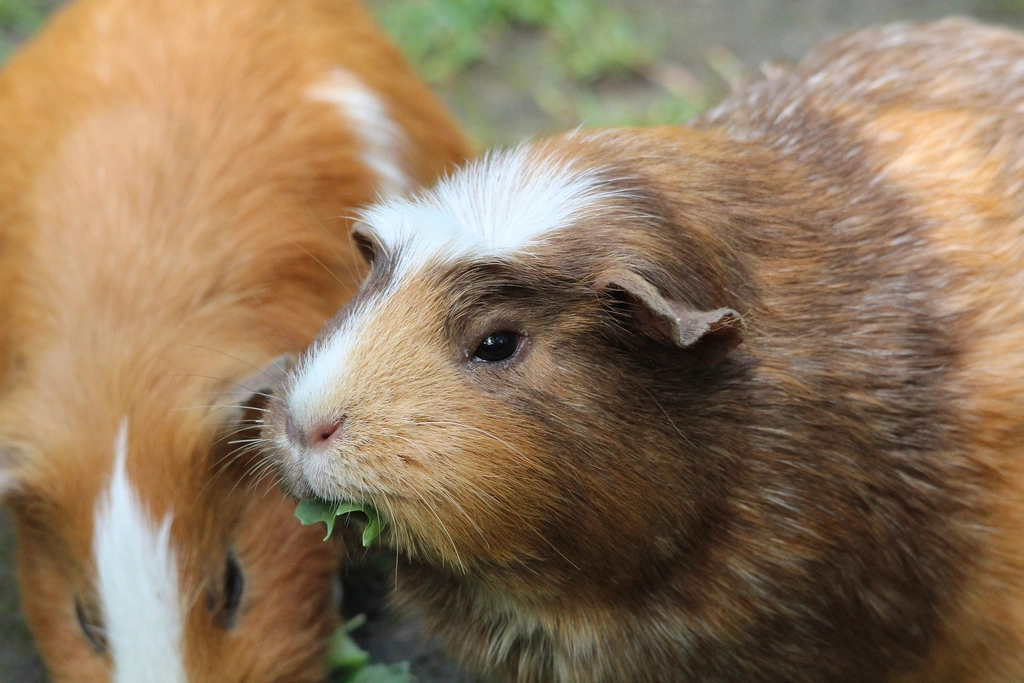
Whining in guinea pigs is a soft, drawn-out sound, often resembling a gentle whimper. It’s their way of showing mild annoyance or discomfort—nothing too dramatic, but just enough to let you know they’re not thrilled. Whining can occur if you’re brushing them the wrong way, picking them up when they’d rather be left alone, or invading their personal space. It’s a polite protest, far less aggressive than teeth chattering. For example, if you’re trimming their nails and they start whining, it’s a good sign to take a break and soothe them. Paying attention to whining can help you adjust your handling techniques and make your piggie feel safer and more comfortable.
Hissing: Pure Displeasure
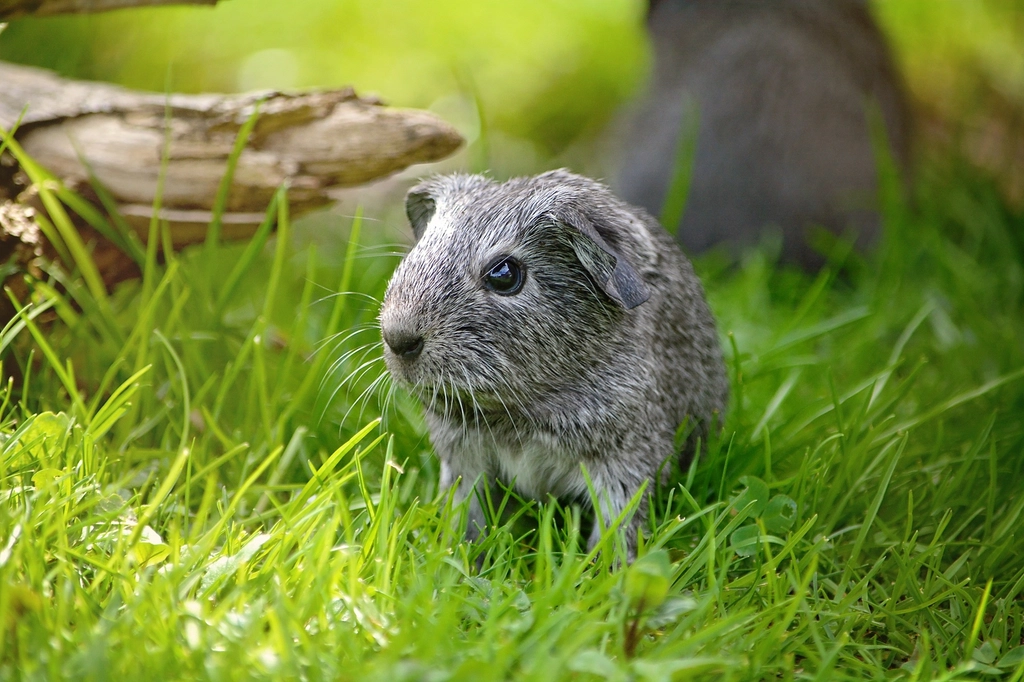
A hiss from a guinea pig is unmistakable—short, sharp, and loaded with attitude. Unlike the more common sounds, hissing is a clear sign of anger or extreme irritation. It’s often directed toward other guinea pigs during territory disputes or when one invades another’s personal bubble. Hissing can also occur if your piggie feels cornered or threatened by sudden movements. If you hear this sound, it’s best to give your piggie some space and let them cool off. Think of hissing as a red light—a warning that your pet needs a break from whatever is bothering them. Understanding this sound helps prevent conflicts and keeps everyone safe.
Moaning: Discomfort or Pain
Moaning is a solemn, low-pitched sound that signals genuine discomfort or distress. Unlike whining, which is mild and fleeting, moaning usually means something is wrong. Your guinea pig might moan if they’re experiencing pain—from a digestive issue, injury, or illness. This sound is often accompanied by other signs like lethargy, loss of appetite, or hunched posture. Moaning is your cue to pay close attention and consider a visit to the vet. It’s a heartbreaking sound, one that tugs at your emotions and reminds you of your responsibility as a caretaker. Never ignore a moaning guinea pig; their health could depend on your quick response.
Squealing: Extreme Pain or Fear
A sharp, piercing squeal from a guinea pig is enough to send chills down your spine. This is not the excited wheek you hear at dinnertime—it’s a cry for help, often due to sudden pain or intense fear. Squealing can happen during fights, rough handling, or if your piggie gets stuck somewhere. It’s a sound that demands immediate attention. When you hear your guinea pig squeal, drop everything and check on them. Squealing is the guinea pig’s emergency alarm, a desperate plea that something is terribly wrong. Responding quickly can make all the difference in ensuring their safety and well-being.
Growling: Deep Discontent
Growling is a rare, guttural sound that signals deep-seated irritation or unease. It’s usually deeper and more menacing than a rumble, and it’s often accompanied by defensive body language. Growling may occur during introductions with new guinea pigs, when territory is being challenged, or if a piggie feels trapped. It’s not a sound you’ll hear every day, but when you do, it’s important to take it seriously. Give your guinea pig space and try to identify the source of their discomfort. Growling reminds us that even small animals have big feelings and boundaries that deserve respect.
Bubbling: Pure Contentment
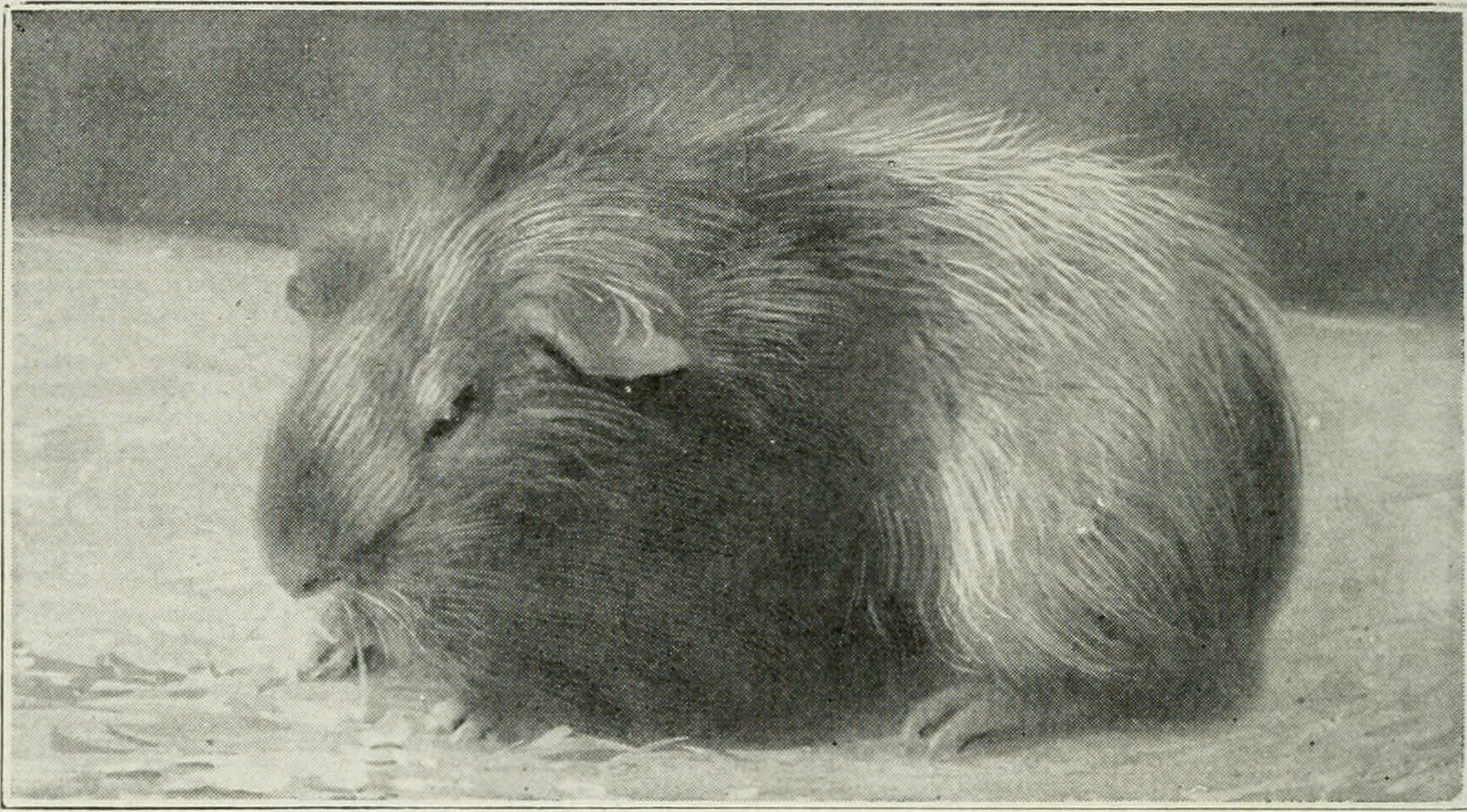
Bubbling, sometimes called “bubble squeaking,” is a series of soft, bubbly sounds heard when guinea pigs are especially happy. Picture a piggie nosing around a pile of fresh hay or cuddling with their favorite friend—this is when bubbling is most likely. It’s a sign of total relaxation, joy, and social bonding. The sound is almost like tiny giggles or gentle gurgles, filling the air with warmth. Bubbling is infectious; hearing it might just make you smile and want to join in the fun. For many owners, this sound is a daily affirmation that their piggie feels safe, loved, and thoroughly entertained.
Doodling: Investigative Curiosity

Doodling is a lesser-known guinea pig sound, often described as a soft, rhythmic clicking or “duh-duh-duh” noise. You’ll hear it when your piggie is exploring something new, sniffing around, or trying to solve a little mystery (like a hidden treat). Doodling is the sound of curiosity in action, a gentle soundtrack to your guinea pig’s investigative adventures. It shows that your piggie is engaged, alert, and mentally stimulated. If you want to encourage doodling, offer new toys, tunnels, or safe hiding spots for them to discover. It’s a wonderful reminder that guinea pigs crave variety and mental enrichment just as much as physical comfort.
Snorting: Startled Reactions
Snorting is a quick, forceful exhale through the nose, often heard when something startles your guinea pig. It’s usually brief but can be quite loud, especially if your piggie is caught off guard by a loud noise or sudden movement. Snorting serves as a warning to other piggies that something unexpected has happened and signals the need for caution. It’s their way of saying, “What was that?” or “Be careful!” This sound can help you identify what makes your guinea pig nervous, giving you the chance to reduce stressors in their environment and help them feel more secure.
Grunting: Mild Complaints
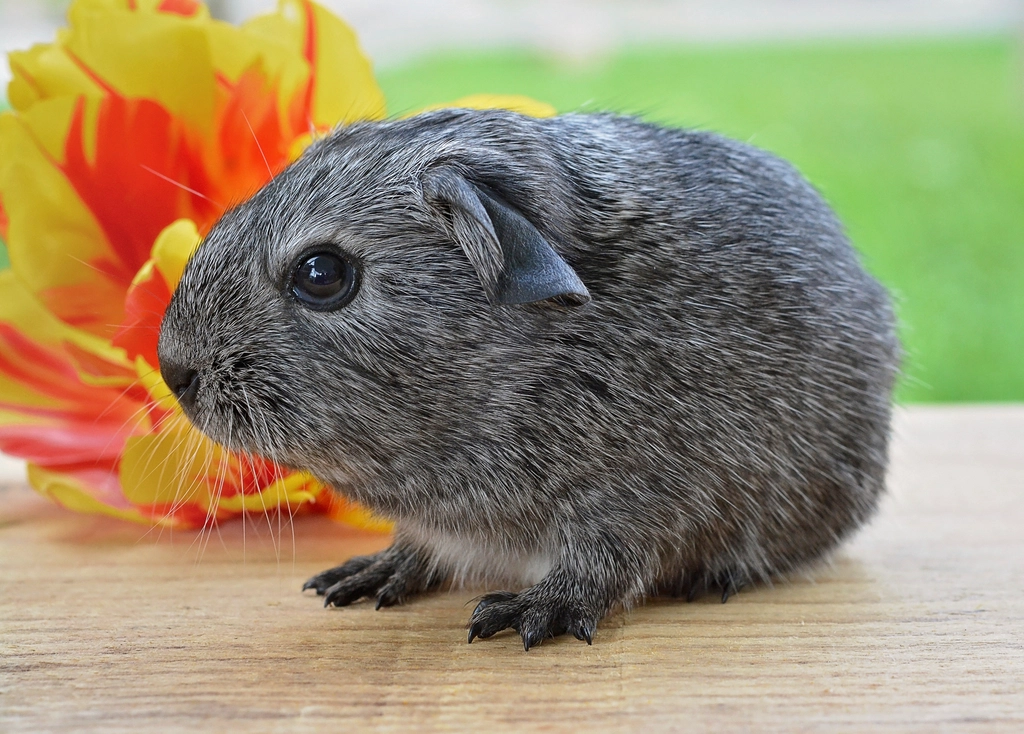
Grunting is a short, low sound that often escapes when a guinea pig is picked up unexpectedly or feels a bit put out. It’s not as serious as growling or moaning, but it’s a clear sign that your piggie has a minor complaint. Grunting can happen during grooming sessions, nail trimming, or even just when your piggie wants to be left alone. Think of it as a little “hmph!”—a polite way for your pet to express their preferences. Respecting grunts can strengthen your bond, showing your guinea pig that you hear and honor their feelings.
Shivering: Vibrations Beyond Sound
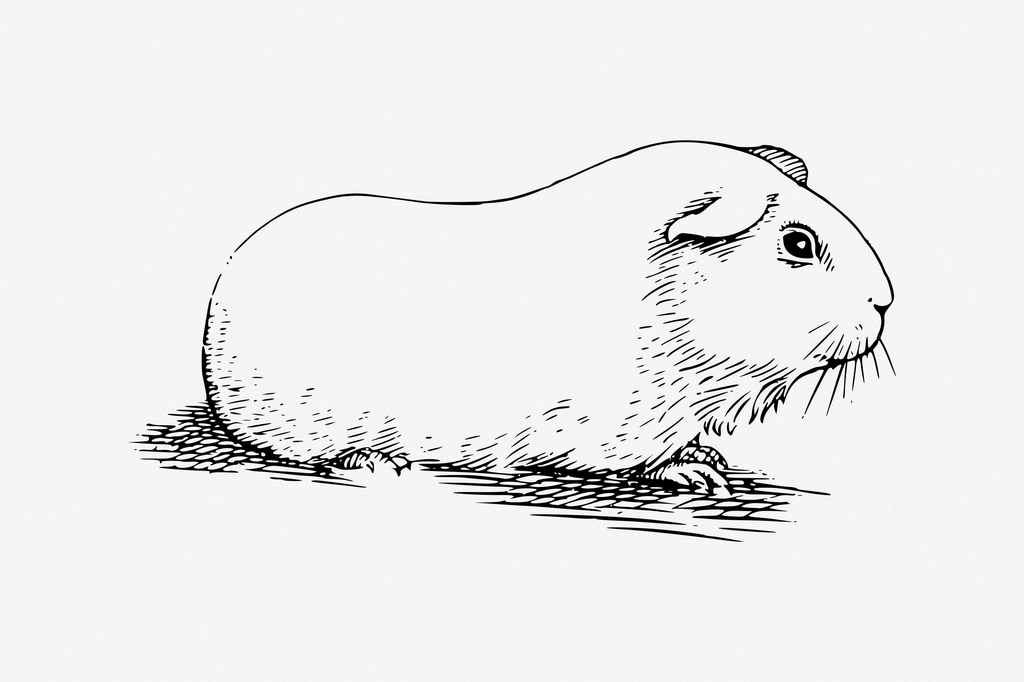
While not technically a vocalization, shivering or vibrating is often accompanied by subtle sounds and is a crucial part of guinea pig communication. Shivering can mean a piggie is cold, frightened, or even excited. Sometimes, it’s a response to being held or introduced to a new environment. You might notice your piggie vibrating and emitting tiny, almost imperceptible noises. Observing shivering alongside their other behaviors helps paint a complete picture of their mood and needs. Always check for drafts or potential stressors if you see your guinea pig shivering, and offer comfort or warmth as needed.
Guinea pigs may be small, but their voices are mighty. Each sound they make is a window into their world—full of emotion, curiosity, and personality. By learning to recognize and respect these vocal cues, you unlock a richer, more rewarding relationship with your piggie. Next time you hear a wheek or a purr, ask yourself: What is my guinea pig trying to say?




